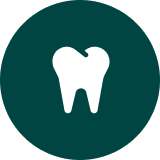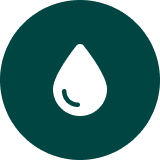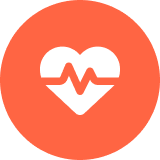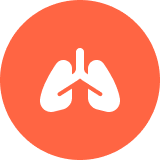Emergency
An emergency qualifies, it is important not to overload emergency services for
situations qui ne nécessitent pas une intervention immédiate. Il est primordial que vous puissiez
analyser la situation afin d’identifier son degré et d’agir en conséquence
Seeking help if the level of intervention is not urgent is an offense severely punishable by law. In the jargon this is called “false disclosure of information.” An abuse or a joke that can be worth up to two years in prison and a 30,000 euros fine
Definition of a medical emergency
A medical emergency is a situation where a person's life or health is at serious risk and requires immediate intervention to avoid serious consequences or
irreversible. Medical emergencies include conditions such as
Definition of a dental emergency
A dental emergency involves any situation where dental pain or trauma occurs.
Oral surgery requires immediate intervention to relieve pain, treat a
infection, or avoid the loss of a tooth. Examples include

Intense dental pain
Like pulpitis or toothache

Dental trauma
Broken, expelled, or displaced tooth

Severe infections
Tooth abscess, facial swelling

Significant bleeding after extraction or other surgery

Problems with prostheses
Like a dislodged crown or braces causing pain or injury
The first aid actions
First aid measures are essential to stabilize a victim before the arrival of professional help. Here are the main steps to follow
.png)
Protecting the scene of the accident
- Make sure that neither you nor the victim are in danger. This may involve removing the victim from the source of danger (fire, traffic, electricity)
.png)
Assess the condition of the victim
- Awareness: Check if the person is aware by talking to them and gently shaking their shoulder
- Breathing: See if the person is breathing normally by checking the rise and fall of the chest. Also, come closer to feel the breath on your cheek
- Pulse: If the person is unconscious but breathing, check their pulse

Alert the emergency services
- Call the emergency number (112 in Europe, 15 in France for the emergency services, 18 for firefighters)
- Give accurate information: location, nature of the emergency, number of victims, condition of victims, and measures already taken

First actions depending on the condition of the victim
- Cardiac arrest: Start cardiopulmonary resuscitation (CPR). Position your hands in the center of the chest and perform chest compressions at a rate of 100 to 120 per minute
- Unconsciousness with breathing: Place the person in a lateral safety position (PLS) to prevent them from suffocating if they vomit
- Hemorrhage: Compress the wound directly with clean tissue to stop the bleeding, or do a tourniquet if necessary if there is significant bleeding
- Airway obstruction: If the person is choking and cannot breathe, try the Heimlich maneuver (abdominal pressure) to expel the object blocking the airway
.png)
Reassuring the victim
- Talk to the victim, assure them that emergency services are on the way, and stay with them until they arrive










.png)
.png)


.png)